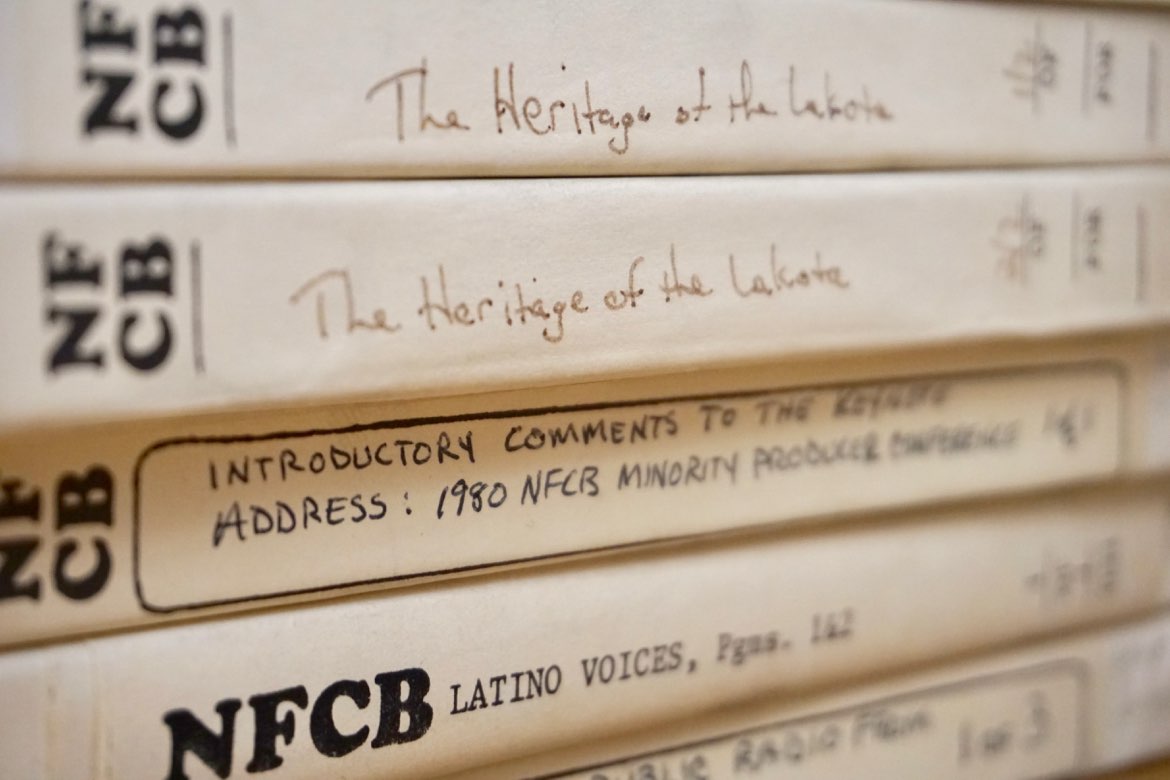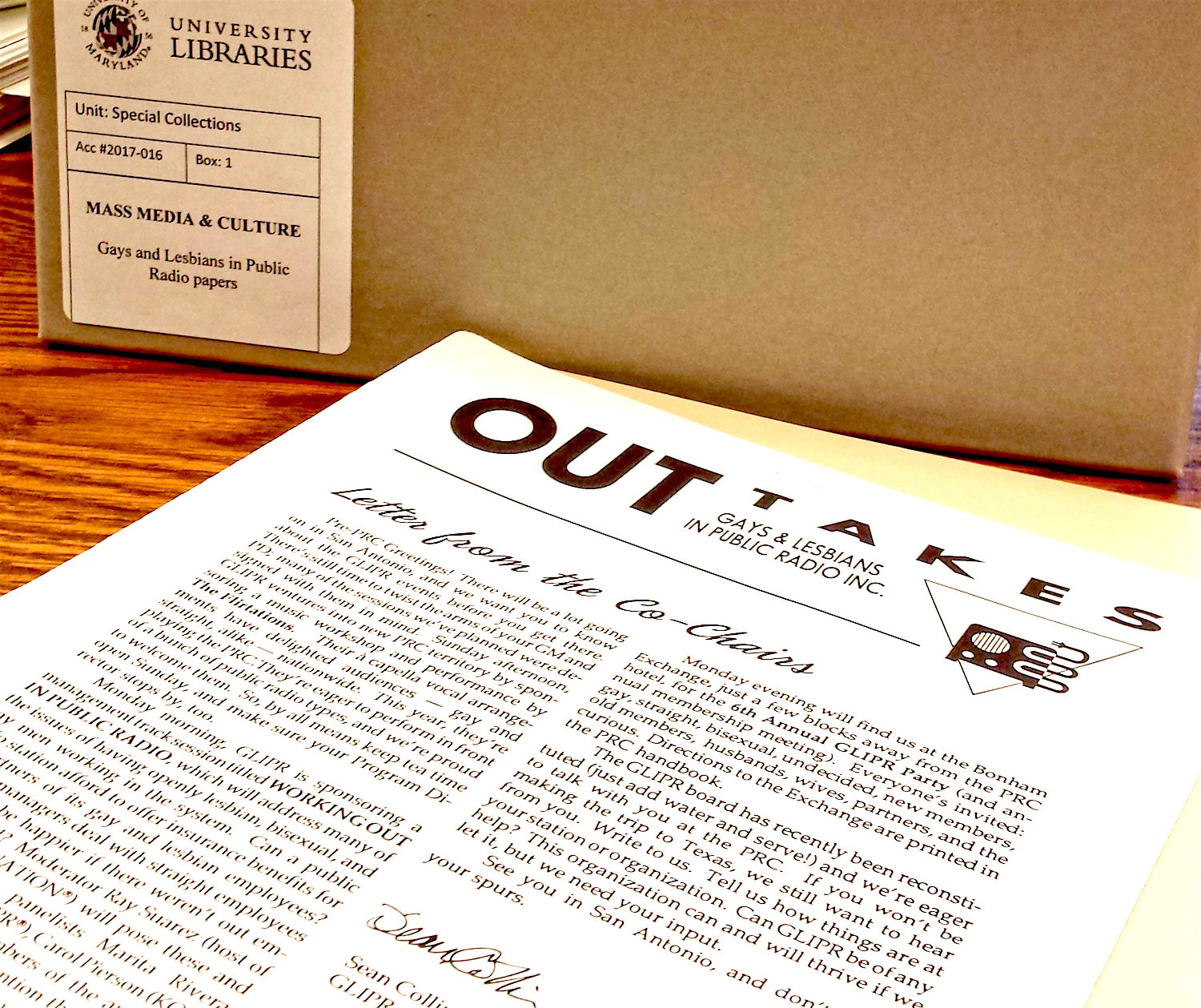History of public media
The survival of public broadcasting’s legacy has long been part of its mission
The National Public Broadcasting Archives at the University of Maryland reflect an inherent dedication to preservation.How President Johnson set the stage for passage of the Public Broadcasting Act
Only eight months after LBJ called on lawmakers to support his bill creating CPB, the measure passed Congress with overwhelming bipartisan support. ...Early gay radio group donates collection to public broadcasting archives
Gays & Lesbians in Public Radio, which was active from the late 1980s to the mid-’90s, was a small but dedicated group.At 90, pubradio pioneer upholds a literary tradition
Decades ago, Karl Schmidt occupied himself by staging elaborate award-winning works of theater for radio broadcast. At 90, he’s still weaving compelling ...Life cycle of a reform: independence of CPB Program Fund
Ron Hull, a former director of the Program Fund, reflects on the value of buffer from partisan politics Jan. 2, 1979 — Robben ...Pacifica Foundation By-laws, 1955
Pacifica began operation of its first and flagship station, KPFA in Berkeley, Calif., April 15, 1949. These are early bylaws of the ...CPB will seek operator to develop American Archive; director leaves project
Having lost its digital projects fund last year, CPB lacks the money to develop the American Archive much further, according to Mark ...Stewards for the media future
What public broadcasting can do to plan for its own future and for federal policies that serve the public interest In the ...Adrift, mute and helpless
Why everyone but public broadcasters is making federal policy for public media The FCC’s recent National Broadband Plan and its Future of the ...Public Broadcasting Act of 1967
Public Law 90-129, 90th Congress, November 7, 1967 (as amended to April 26, 1968) This law was enacted less than 10 months after ...Fred Friendly’s solar-powered plan to give public TV independence
... Friendly began toying with an idea for a permanent source of funding for noncommercial television. In the spring of 1966 ...President Johnson’s remarks on signing the Public Broadcasting Act, 1967
In LBJ's 1967 speech endorsing public broadcasting, he says he has asked his advisers "to begin to explore the possibility of a ...Radio gets in on the Act
The plan was for a Public Television Act with no mention of dusty old radio. Not everyone signed on to the plan.Saudek’s Omnibus: ambitious forerunner of public TV
When producer Robert Saudek died in 1998, his New York Times obituary called him “the alchemist-in-chief of what is often called the golden age ...An Age of Kings: an import becomes public TV’s first hit
It was public TV's first unqualified national success, a smash hit. Before Masterpiece Theatre, American Playhouse or Hollywood Television Theatre, there was ...






